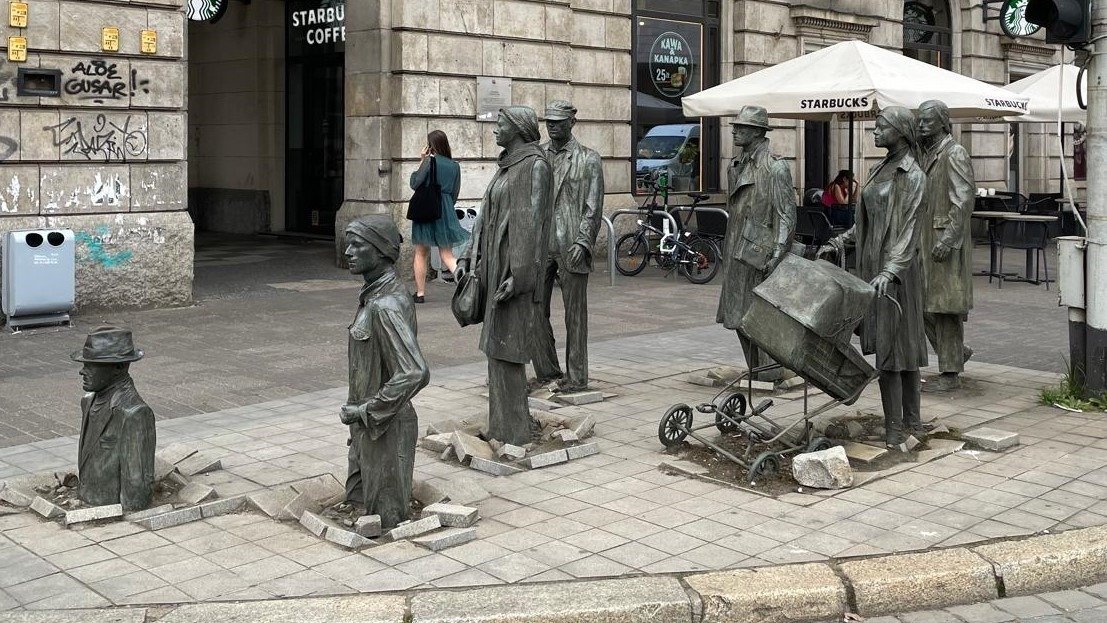
In Germany one of the traditional family celebration holidays is Christmas, regardless of whether families are of Christian tradition or not, it is a holiday that serves as an excuse to bring together families and friends throughout the country. It is a holiday that is celebrated on Christmas Eve, December 24 and then with the parties or holidays on the 25th and 26th of the same month. To give you an idea, about 78% of the German population by 2020 declared to traditionally celebrate Christmas. So here are a series of curiosities or usual traditions with which these days are celebrated.
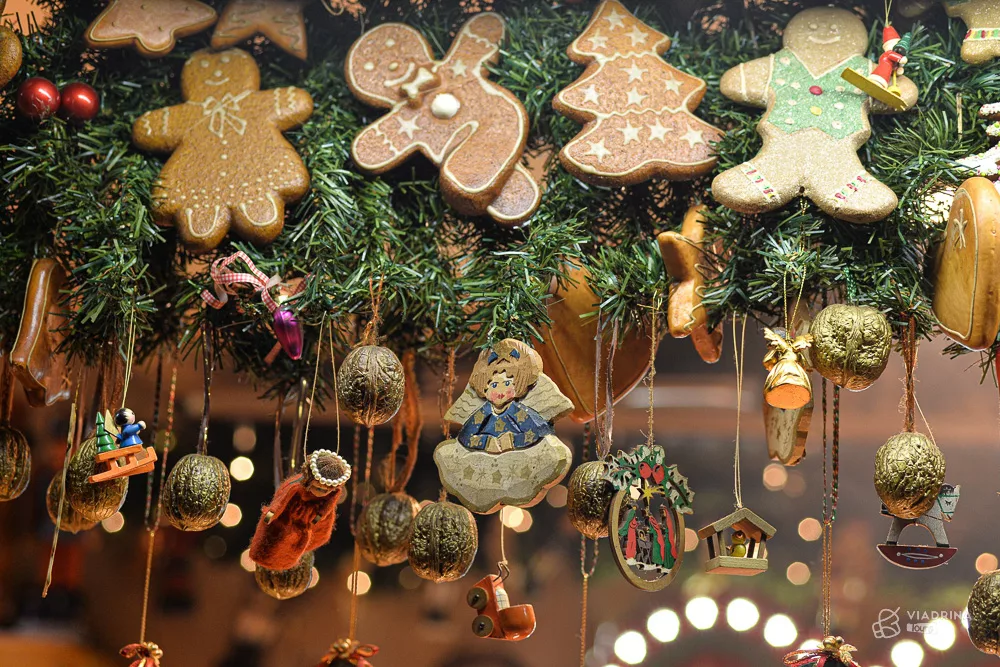
December 24 begins for many families with a hectic morning, in fact if this date falls on a business day the stores are only open until noon, so there is a lot of activity getting the last gifts or food for dinner. After this, comes one of the most awaited and special moments for the children of the family (although we know that not only they enjoy it) decorating the Christmas tree, a custom strongly rooted in Germany that has spread around the world.
Nowadays, in almost no country in the world, it is possible to imagine a Christmas Eve without an illuminated and decorated tree, a tradition that possibly dates back to the year 1419 in Freiburg, it is said that there was a sweet shop there where a tree would have been decorated with spiced cookies and nuts just at this time and, of course, the children of the town came to shake and plunder the tree. On the other hand, another story has it that the earliest known illustrations showing a pine tree decorated with candles are drawings showing Martin Luther with a Christmas tree in the background – although as these illustrations were made at a later date, they are not considered hard evidence.
Anyway, in Prussian territories (that today we associate with Estonia, Latvia, Germany or the region of Alsace and Lorraine, tremendously disputed between Germany and France) is where we see its propagation in the XIX century, where the activity of decorating a tree stopped being exclusively for the nobles to become something more common and, hence, in almost every house there was one. We will return to this point in the following section, because the activity of decorating the tree is one of the most important in all these traditions.
Another thing you should consider is that this tree has to be natural, since it is considered in bad taste a plastic or artificial one, that is why the neighborhoods organize tree collection days and also sale and delivery days. All with the German planning you know.
Today the custom of the Christmas Tree (or in German Tannenbaum) has spread around the world precisely because of the German migration, mainly its arrival in the United States. We already told you about this migration in our article “Places in the world where German is spoken”.
In Berlin the idea is collected that by the year 1870 already trees were decorated and these decorations, in general, will depend on the time and the area. So let’s go with some of the most popular of today’s decorations.
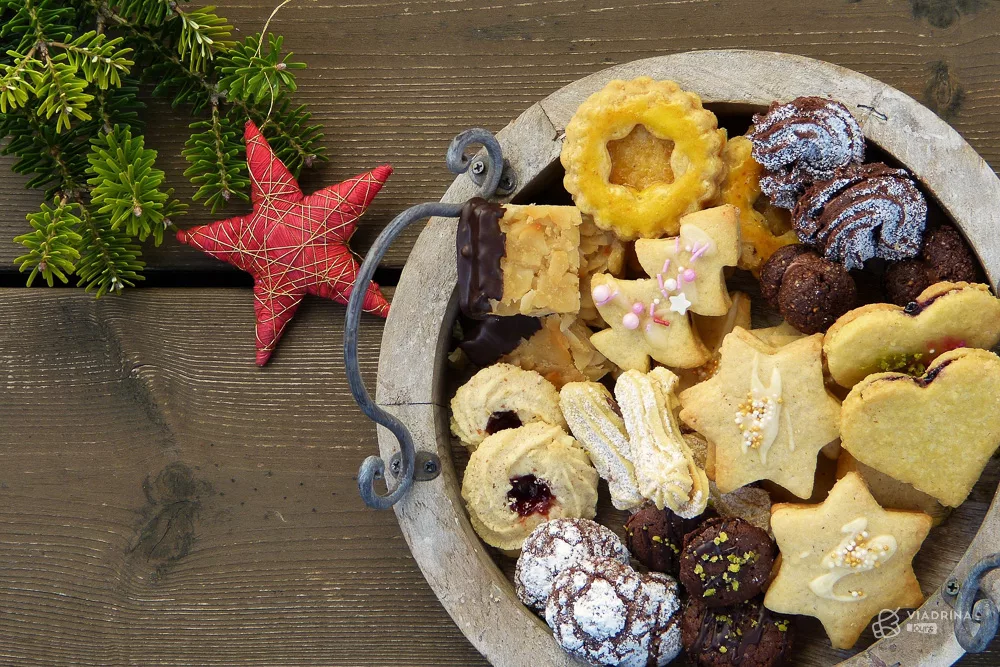
In Germany , these cookies are mainly made in Westphalia and Rhineland for these dates, however, in countries such as Holland or Belgium, they are eaten all year round, since it seems that they were originally created there. Even in Indonesia, a former Dutch colony, these tasty spiced cookies are known.
Cloves, cardamom, cinnamon and nutmeg are the oriental spices that give the typical aroma to these famous German cookies (Spekulatius, which comes from the Latin Specculum, meaning mirror). And if placed in the right order, the images tell the story of Santa Claus or Santa Claus, which will be told on the Christmas tree. Accompanied by a Glühwein is a regular for the moments when decorating takes place.
Due to the many expensive and exotic spices needed to make them, until after World War II they were cookies that most people could not afford, but today it is a mass consumption product.
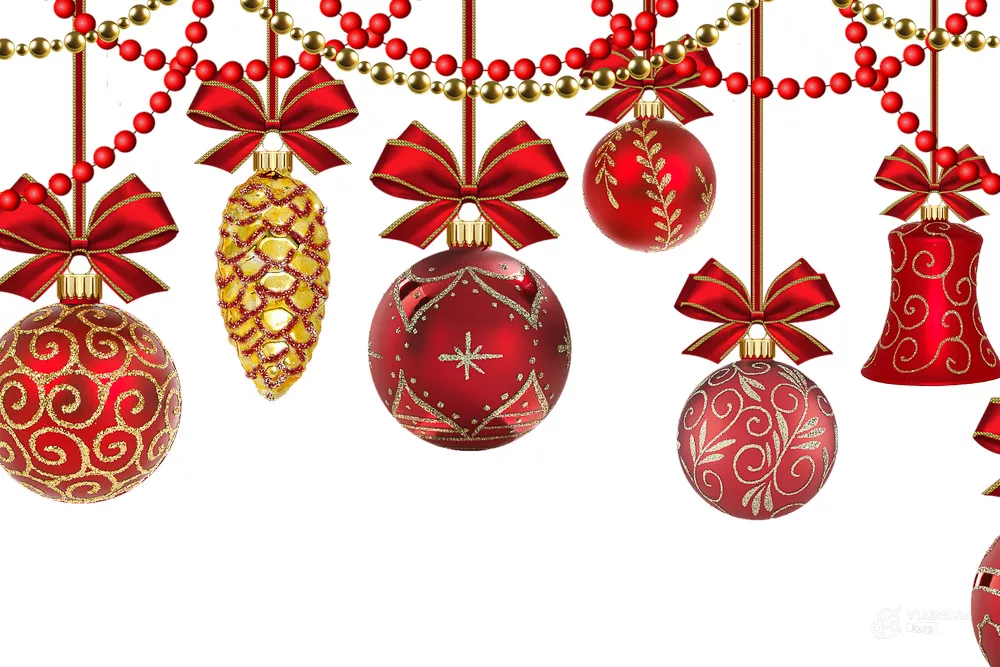
Another world-famous decoration is that of the Lauscha crystal balls, probably the best place in the world to buy ornaments for the Christmas tree.
The Germans say that they are the ones to whom we owe the famous – and world-famous – custom of decorating the Christmas tree with colored balls; the reason for this is in Thuringia, specifically in the small town of Lauscha, which barely exceeds 3. The legend goes that in about 1847 there was a glassmaker, who was so poor that he could not afford to decorate his Christmas tree as tradition dictated then, that is with apples, nuts and other fruits; instead of settling or lamenting, the glass artisan had a wonderful idea, guess what it was? The only way he knew how to do it was by tempering the glass, and from there the rest is known, these balls have been popularized year after year until they have become the colorful ornaments we use today in almost any place in the world. To prove the veracity of this legend, in Thuringia provide some evidence: they keep the order book of a glassblower in which you can see what could be the first order of Christmas balls in history.

Another German Christmas classic from the Erzgebirge area in Bohemia (current border between Germany and Czech Republic) are the nutcrackers, those Christmas objects that are never missing, traditional and also many mixed with modernity and pop culture, we find with all the expressions you can imagine, with bright colors, style and flashy characters like Mickey Mouse or Darth Vader (from there…. nutcracker… although as we will see later the story goes back to a children’s tale), these figures live in an undefined border between human form and gadget, between decorative object and tool.
The birth of the nutcracker dates back to 1870, when Wilhelm Friedrich Füchtner, a craftsman from the village of Seiffen in Erzgebirge, carved and assembled the first figurines inspired by the illustrations in the book of the fairy tale “The Nutcracker King and Poor Reinhold” (1851) by Heinrich Hoffmann, which tells the story of a sick child who, during a dream, is led by a life-size nutcracker through a paradisiacal world populated by toys. When he wakes up on Christmas morning, December 25, the child finds all the toys he had seen in his dream the night before, but now “in person” at the foot of the tree. Seeing all this, the little boy is restored to health.
The narration of Hoffmann, psychiatrist and writer of stories for children, creator also of the well-known story “Struwwelpeter”, is the first that establishes a link between Christmas and the nutcrackers. This relationship would stay until today on the shelves of the memory of Western culture and in every store we visit almost anywhere in the world, because you know that it is one of the most widespread traditions in the world.
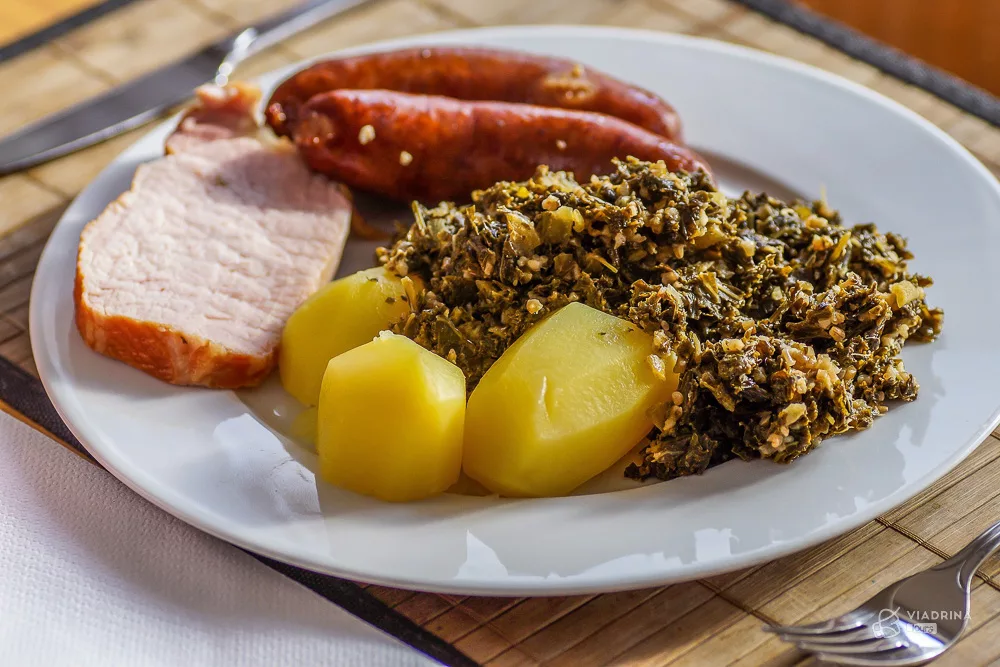
Continuing with the activities of the day, after the morning shopping and the tree done during the day, in the evening there is not much encouragement to make a dinner in style, and that is why in Germany on December 24 is usually a simple dinner of potato salad or potatoes and sausages. The origin behind this popular meal -which remains to this day the meal par excellence of all families- is Christian, as it is intended to remember the poverty of Mary and Joseph on the night of the birth of Christ in a manger, however the idea today represents the simplicity of this dish, after a long day of activities.
Following the traditions and taking advantage of the holiday of December 25, tradition dictates eating the famous Christmas goose, a preparation that is very complex: before frying, the goose is filled with onions, apples and chestnuts and seasoned with spices; as a garnish it is accompanied with meatballs and red cabbage. By the way, a curious fact about the birth of this custom is that it is one of the few brought to Germany , since it originally emerged in England in 1588 when the then Queen Elizabeth I had just eaten her roast goose on Christmas Eve and received the news that the Spanish army had been defeated by the English troops, a synonym of triumph that is still preserved to this day.
On the other hand, in many regions of Germany , the Christmas carp (fish) is also a popular custom that arose to strictly comply with the Christian Lent in the 40 days until Christmas Eve, which prohibits eating red meat and, therefore, for this night a special dish. Usually the fish is cut into pieces, breaded and fried in fat. There is also potato salad, cucumber and potato salad. A curiosity of this dish is that it is also a dish associated with luck if you keep its scales in your pockets.
Raclette and fondue are less traditional, but just as festive, both are traditional dishes born in Switzerland and widespread today in Germany .
Anyway, every family has its own Christmas culinary customs, but whatever the case, cookies and gingerbread should not be missing at Christmas.
As we have already told you in our article “The biggest festivals, festivals and carnivals in Germany “, the tradition of these markets dates back to the Middle Ages, as the traditional day for the supply of meat and other species that during the harsh winter it is difficult to get. The first market of this type was in the present-day city of Vienna, which was passed from region to region reaching the Bavarian area and from there exported to the whole of Germany .
Usually, we see how these markets begin on the Friday before the “First Sunday of Advent” and extend until December 24, although nowadays for tourist purposes they even extend (in large German cities) until January 1 of the following year.
Christmas markets in Germany are one of the most awaited and widespread traditions in all cities and regions of the country, in fact it is estimated that there are between 1,500 and 3,000 (such a disparate number!) and there is not a big city worth its salt that does not have one. As we have already pointed out, the Nuremberg Christmas Market, since 1628, is world famous and the most recognized in Germany . Likewise, the markets in Berlin have a great fame and many visits, and for this reason we have already made the post “The 5 best Christmas markets in Berlin“.
In our ranking of recommendations, of course we invite you to visit those of cities like Dresden, Munich, Bremen, Hamburg, Trier. The reality is that any market you visit will surprise you, you will find the stalls of old craftsmen, traditional foods and winter concoctions, such as the famous mulled wine Glühwein.
If you want to choose a specialized Christmas market in a specific city, we recommend you to use the search engine (of course there is a search engine for these dates!): https://www.deutsche-weihnachtsmaerkte.de/weihnachtsmarkt/
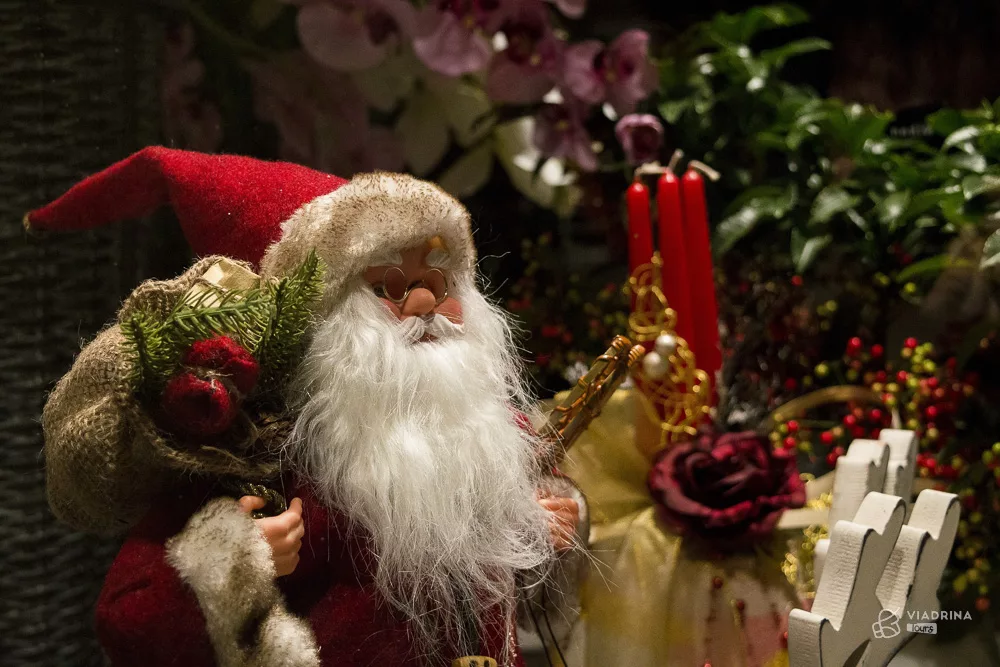
Who brings the presents on Christmas Eve in Germany differs in some areas: in Saxony, for example, Santa Claus delivers the presents, but in Bavaria – which has a much more Catholic tradition – it is usually the Christ Child. This is even confirmed by Google search terms: almost 100 percent of searches in Saxony are for “Weihnachtsmann (Santa Claus)”, people in Bavaria more often search for “Christkind (Christ Child)”. So, basically, Santa Claus brings the presents in eastern and northern Germany , whereas in southern Germany and in some areas of former West German influence, Christkind is responsible for this.
Santa Claus really existed and can be traced back to the figure of St. Nicholas of Myra, who gave shelter with his cloak to the little ones of his village on one night and in honor of him on December 6 began to deliver gifts to poor people and children. Then when many people moved away from the church in the 19th century, but still wanted to hold on to the gifts, they took away from this figure all religious identification and instead gave him a red coat and a cap, and so in each area it was secularized and paganized according to the traditions of the place, so we see that today this Santa Claus has been characterized with a white beard, along with reindeer and elves, living in the North Pole. Since 1930 the story is better known, because Coca-Cola brought a Christmas advertisement with the red and white Santa Claus and made him world famous, and at this point the story is already known to us.
For its part, the Christkind was born in the same Middle Ages in which the figure of St. Nicholas gives presents to children on December 6, because the Protestant Christians rejected this great veneration of this saint, for them, only Jesus can be a mediator between God and man, not the saints. Thus, it is said that Martin Luther put the “Heiligen Christ (Christian Saint)” in the place of St. Nicholas and then, over the years, the current term “Baby Jesus” was developed.
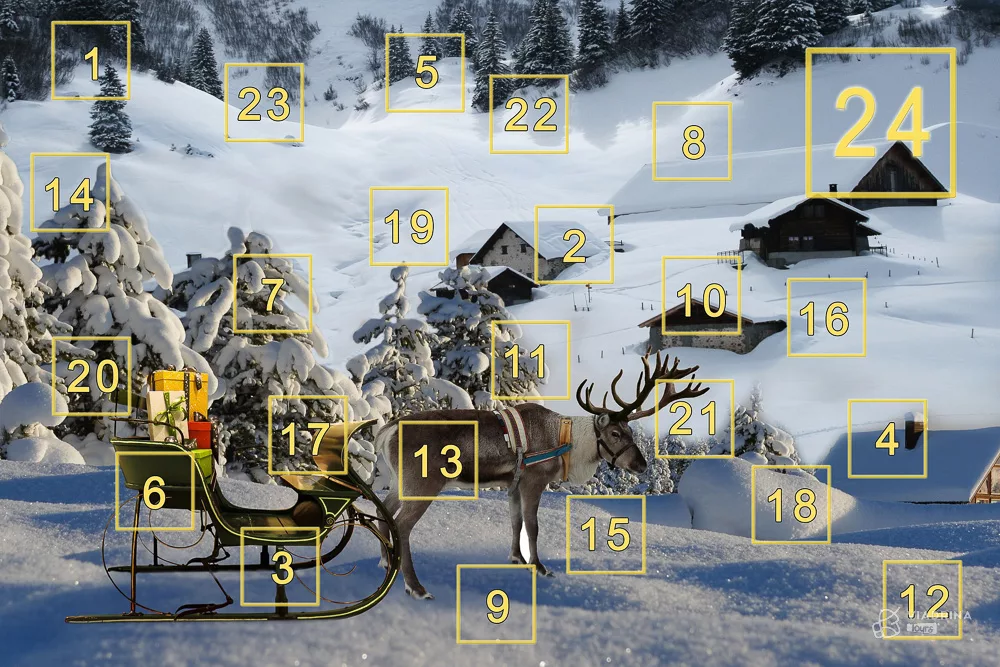
Surely for you today the advent calendar is one of the most popular customs of this season, because of how commercial it has become in recent times. Again we tell you about this traditional invention born in Germany .
In the 19th century this calendar was intended to count the days until Christmas Eve, mainly for children and people who did not know how to write. Thus, Protestant families introduced the custom of painting 24 chalk strokes on the wall and from December 1, children were allowed to hang a religious image on the wall every day until December 24. Another tradition on the part of the children was to put a straw in the crib every day until Christmas Eve so that Baby Jesus would have a cozy bed for his birth.
However, all these traditions are a precedent for the printed Advent calendar that was born at the beginning of the 20th century. It is not entirely clear who was the “inventor” of the calendar, but it is known that it was developed in Hamburg between 1902 and 1908, although at that time it was still called the “Christmas Calendar”. The first calendar consisted of two pages, on which religious images were printed on one side and poems on the other. Children cut out the pictures and glued them to the appropriate poem, and this is how they created their own doors for the Advent Calendars, which were all unique.
Then, around 1920 Advent Calendars with windows and doors could be given as gifts and behind all of them, grandfathers and grandmothers made the children discover Bible verses or pictures. Almost at the same time at that time, this calendar became popular outside of Germany .
Incidentally, the best known of these types of Advent Calendars, the chocolate Advent Calendar, was not produced for the first time until the late 1950s.
Nowadays it is unthinkable in a German house not to have an advent calendar, no matter if you have small children or not, it is one of the most widespread traditions in the country, as many people also prepare their own small gifts in each of the windows and doors.
As you can see, Christmas as we know it in our own regions has a lot to do with the traditions born in this country. Here it is much more than snow, lights and food, it goes back to religious traditions that coexist with the new times and with the globalization and commercialization that this celebration implies in all parts of the world.
Anyway, if you want to live a dream Christmas in Germany , there are many places where you can do it and you know that in each of them you can find an appropriate tour for you with our best team of guides here.
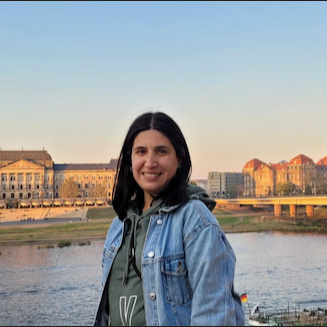
Solange González Leiton
This is the second part of our article 20 fun facts about Germany (Part One).
In this post we tell you about the best German music, different rhythms and it comes with a playlist included!
In this post, we will present the biggest parties, festivals and carnivals in Germany. Let’s get to know them all!